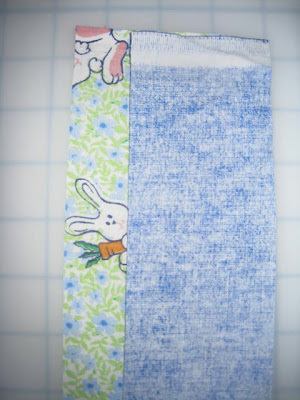The International Quilt Festival in Long Beach is here
again. While I haven't found much time for quilting lately, I did make time to walk through the quilts and vendors at IQF. It was much more impressive than last year.
One of the neat things at quilt shows like IQF is that sometimes the quilt makers will stand next to their work and answer questions, sign autographs, or pose for pictures. Here is Rita Verroca from Westlake Village, California, with her quilt Roses of Shenandoah, which won first place for traditional applique in the
International Quilt Association's Quilts: A World of Beauty competition in 2009.

Rita hand embroidered, hand quilted, hand appliqued, and hand pieced her original interpretation of a Mariner's Compass pattern. She deserves to stand proudly next to her beautiful quilt.
Crazy About Ballet by Linda Steele of Park Orchards, Victoria, Australia, won first place for embellished quilts in the International Quilt Association's Quilts: A World of Beauty competition in 2009.  The hand embroidered blocks depict scenes from different ballets. While I'm not that serious a fan of ballet, I have a quilt in the design phase that would involve a number of appliqued and embroidered blocks which might benefit from a similar setting.
The hand embroidered blocks depict scenes from different ballets. While I'm not that serious a fan of ballet, I have a quilt in the design phase that would involve a number of appliqued and embroidered blocks which might benefit from a similar setting.
Illuminated Alphabet by Zena Thorpe of Chatsworth, California, won third place for innovative applique in the International Quilt Association's Quilts: A World of Beauty competition in 2009. 
Apparently, Zena Thorpe is something of quilting phenomenon here in California, and given the amazing detail in this hand appliqued, hand embroidered, and hand quilted piece, I am not surprised. 

Rose Hughes, a fellow member of the Flying Geese Quilt Guild, made Journey-Mythos: Follow the Yellow Brick Road which was part of a juried exhibit of quilts by members of Quilts on the Wall, an art quilting group based in Long Beach. She did a presentation at our guild on color last year. Her trunk show afterward was filled with abstract landscapes encrusted with beads. 
About a quarter of the quilts at this show were antique quilts. The following are from the exhibit America Collects Quilts: International Quilt Festival Antique Quilts. This one is a four block rose and coxcomb made entirely by hand by an unknown quilter around 1880.  I like how a quilt this large, 65 3/4 by 85 inches, is made up essentially of four blocks and two borders. If you put it that way, making a quilt so large doesn't seem so daunting.
I like how a quilt this large, 65 3/4 by 85 inches, is made up essentially of four blocks and two borders. If you put it that way, making a quilt so large doesn't seem so daunting.
Unlike most antique quilts, the maker of this hand pieced and quilted Lone Star quilt from 1845 is known: Mary Mern. She even gave it a title: Silk Stars.  Heck, if I'd hand pieced that many diamonds together, I would have titled and signed my work, too. My personal interest in this quilt is the setting. I've got some Lone Star aspirations, but the trick is always how to make this inherently square pattern into a rectangle to fit a bed. This quilt measures 87 1/2 by 101 1/2 inches.
Heck, if I'd hand pieced that many diamonds together, I would have titled and signed my work, too. My personal interest in this quilt is the setting. I've got some Lone Star aspirations, but the trick is always how to make this inherently square pattern into a rectangle to fit a bed. This quilt measures 87 1/2 by 101 1/2 inches.
Star of Stars, circa 1845, another amazing quilt whose maker is unknown, collects some great details of early quiltmaking that I particularly enjoy.  First, Jinny Beyer and her precision drafting be damned! When this quilter's gorgeous diamond sashing didn't end perfectly at the intersections, she just hacked it off.
First, Jinny Beyer and her precision drafting be damned! When this quilter's gorgeous diamond sashing didn't end perfectly at the intersections, she just hacked it off.  But that doesn't mean she didn't care about details. Look at this amazing scalloped binding which follows the curves of the border print . . . Jinny Beyer would love a border print like this . . . well, except for the mismatched print in the corner.
But that doesn't mean she didn't care about details. Look at this amazing scalloped binding which follows the curves of the border print . . . Jinny Beyer would love a border print like this . . . well, except for the mismatched print in the corner. 
Jinny would also love the fussy cut center of the Lone Star. 
This quilt was made by an unknown maker around 1800 using a huge variety of fabrics colored with natural dyes. 

Click here to see the rest of this post...


























